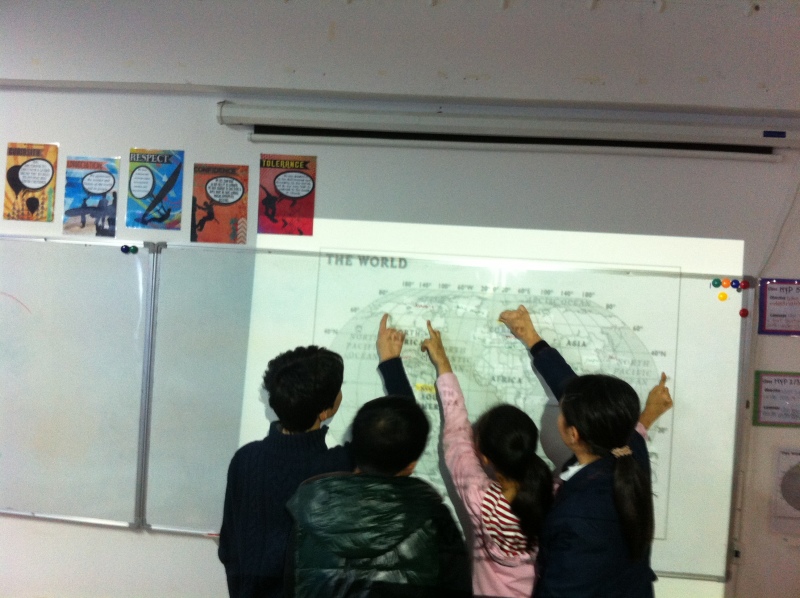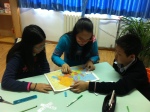
How Do We Really Know Where “Here” Is?
As I’m sure Douglas Adams would agree, the notion of whether time, place, and space are absolute, relative, ephemeral, or enduring, is essential to one’s understanding of life, the universe, and everything. Ultimately, time, place, and space are all human constructs, developed by societies to help them in their quest to determine where and how we, as humans, fit into the greater scheme of, well, everything.
In MYP 2 and 3 Humanities we have been investigating the question “How do we know where ‘here’ is?” through a detailed analysis of various types of maps. We have examined the notion of “here” as being tied to relative or absolute locations, regions sharing unifying characteristics, and as “here” relates to the movement of people, goods, and ideas.
Most recently, however, we have begun to consider the idea of “here” as being both a personal and a social construct (an interpretation which builds very nicely upon our recent unit on identity, if we don’t say so ourselves). This interpretation of “here” has led us to a discussion regarding how the communities to which we belong inevitably affect our perception of, and perspective on, the world around us. This discussion, occurring primarily through analysis, examination, and interpretation of a variety of maps, is helping us to learn how to question and investigate things that we have always considered to be universal truths.
As we begin to consider questions of perspective, truth, and representation, we are also developing our basic map reading skills and deepening our understanding of the global community of which we are a part. Not to mention, we’re having quite a bit of fun along the way!













